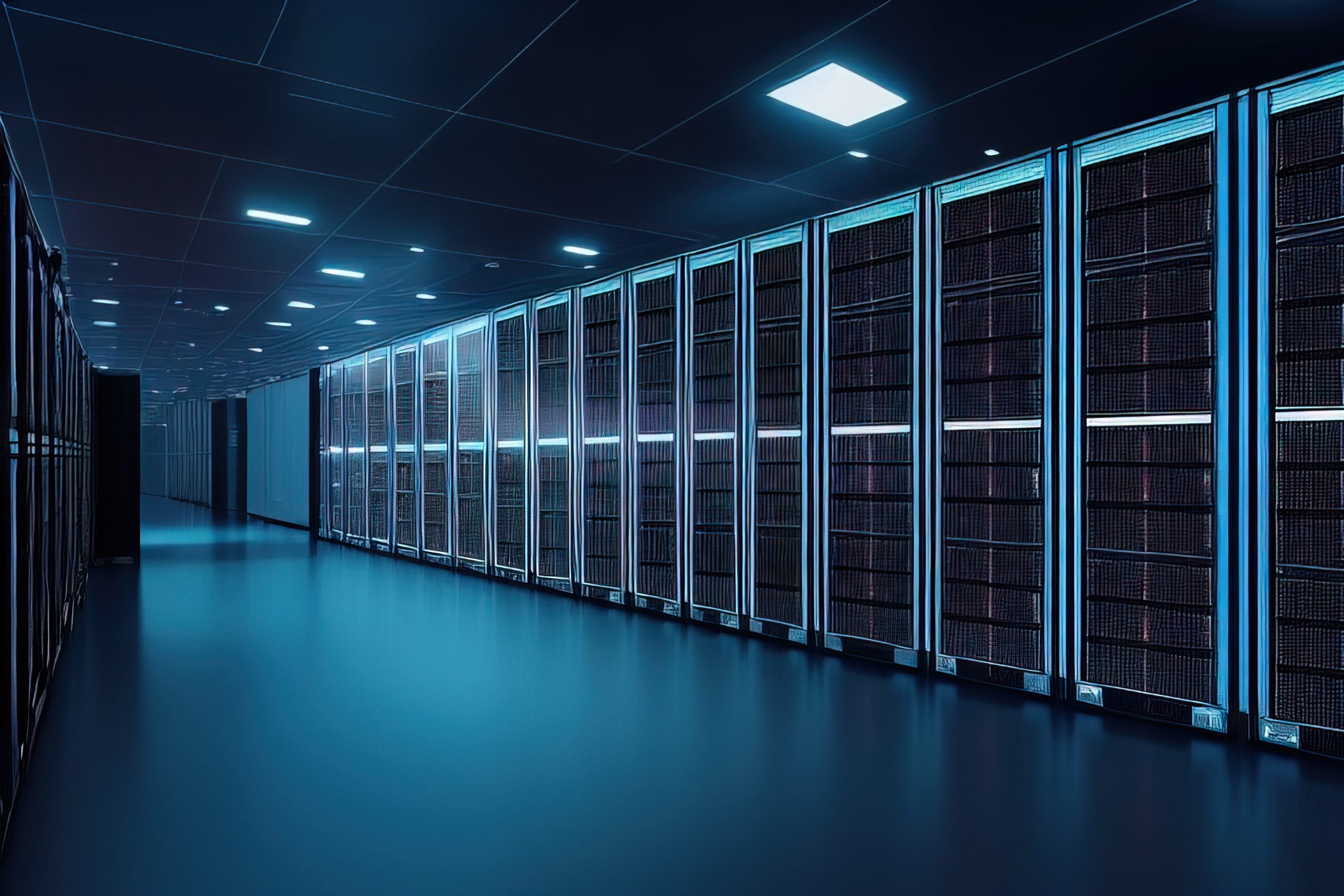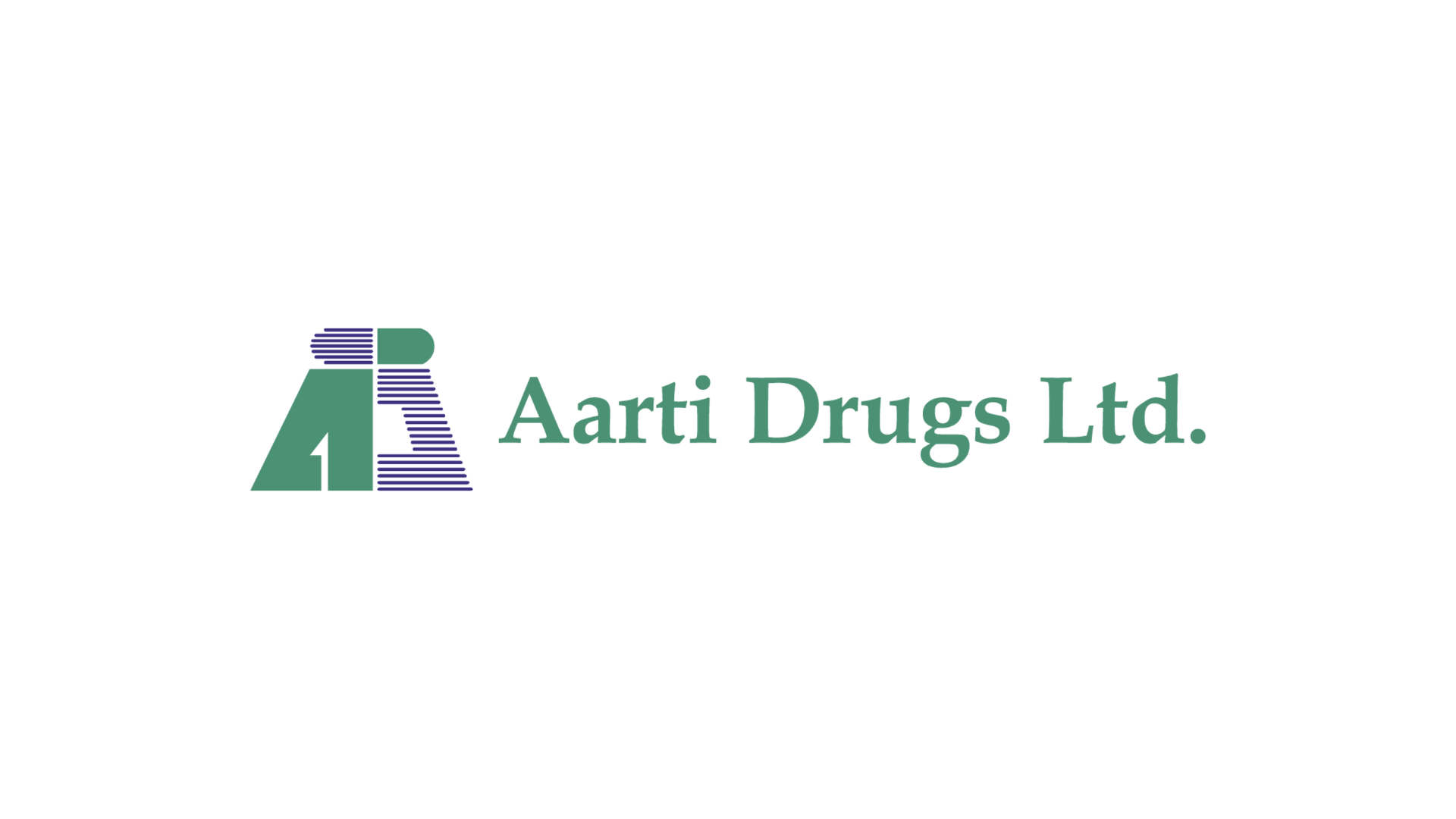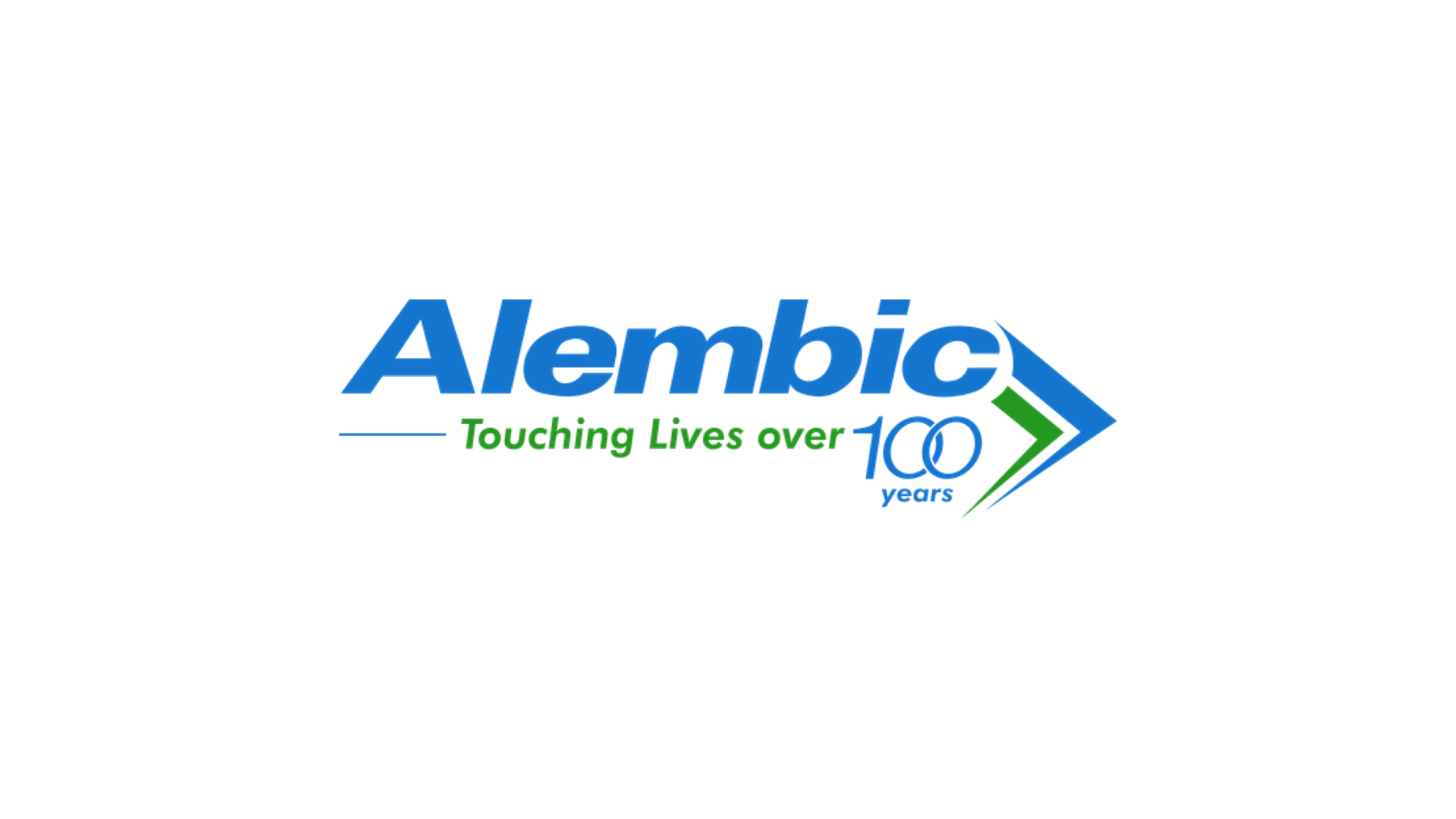
Ensuring Optimal Performance and Safety in Data Centres with RAG Monitoring, HVAC, Lighting, Fire Control, and ELV Systems
In today’s data-driven world, the infrastructure supporting data centres must operate with utmost efficiency and reliability. The RAG monitoring system, HVAC control, lighting control, fire control, and ELV systems are critical components that ensure optimal performance and safety within these environments. Understanding the integration and functionality of these systems is essential for maintaining the integrity and security of data centres. This comprehensive guide will delve into each aspect, highlighting their significance and the benefits they bring to modern data centre management.
Introduction
Data centres are the backbone of our digital age, serving as the central hubs for storing, processing, and disseminating data. To ensure their optimal performance and security, various systems must work in unison. This article explores the critical components of the RAG monitoring system, HVAC control, lighting control, fire control, and ELV systems, providing a detailed understanding of their roles and benefits in data centres.
Importance of Data Centre Infrastructure
A data centre's infrastructure is paramount to its functionality. Properly managed, it ensures operational efficiency, minimizes downtime, and protects sensitive data. By integrating advanced monitoring and control systems, data centres can achieve higher levels of performance and reliability.
RAG Monitoring System
Overview of RAG Monitoring
The RAG (Red, Amber, Green) monitoring system is a visual management tool used to track the status of various data centre components. This system provides real-time insights into the health and performance of critical infrastructure, enabling quick response to potential issues.
Benefits of RAG Monitoring
Implementing a RAG monitoring system offers several advantages, including improved operational visibility, faster issue resolution, and enhanced decision-making capabilities. By providing real-time data, it helps in maintaining optimal conditions and preventing critical failures.
Components of RAG Monitoring
RAG monitoring includes sensors, controllers, and software platforms that collect and display data in an easy-to-understand format. These components work together to monitor parameters such as temperature, humidity, power usage, and equipment status.
Implementing RAG Monitoring
To implement a RAG monitoring system, data centres need to install the necessary hardware and integrate it with existing management platforms. Training staff to interpret and act on the data is also crucial for maximizing the system's benefits.
ELV Systems in Data Centres
Understanding ELV Systems
Extra Low Voltage (ELV) systems include various subsystems such as security, communication, and automation systems. These systems operate on low voltage, reducing the risk of electrical hazards.
Components of ELV Systems
ELV systems encompass CCTV, access control, public address, and building management systems. These components enhance security, communication, and operational efficiency within data centres.
Benefits of ELV Systems
Implementing ELV systems offers numerous benefits, including improved safety, enhanced communication, and better control over data centre operations. These systems are also energy-efficient and cost-effective.
Integration and Management of ELV Systems
Effective management of ELV systems requires integration with other data centre systems. This integration ensures seamless operation and enhances the overall performance and security of the facility.
HVAC Control in Data Centres
Overview of HVAC Control
Heating, Ventilation, and Air Conditioning (HVAC) systems are essential for maintaining the environmental conditions within data centres. Proper HVAC control ensures that the equipment operates within the recommended temperature and humidity ranges, preventing overheating and hardware failure.
Optimizing HVAC Performance
To optimize HVAC performance, data centres should regularly maintain and calibrate their systems. Using advanced controls and sensors can help in achieving precise environmental control, reducing the risk of equipment damage due to temperature fluctuations.
Key Components of HVAC Systems
HVAC systems in data centres typically include air handlers, chillers, cooling towers, and ductwork. These components work together to regulate temperature and humidity, ensuring a stable environment for sensitive equipment.
Energy Efficiency in HVAC Control
Energy efficiency is a critical consideration in HVAC control. Implementing energy-saving technologies and practices, such as free cooling and variable speed drives, can significantly reduce operational costs and environmental impact.
Fire Control Systems
Overview of Fire Control
Fire control systems are vital for protecting data centres from fire hazards. These systems detect and suppress fires, minimizing damage to equipment and ensuring the safety of personnel.
Fire Detection and Suppression Systems
Fire detection systems use smoke and heat sensors to identify fire incidents early. Suppression systems, such as gas-based and water mist systems, are then activated to extinguish the fire before it spreads.
Integration of Fire Control in Data Centres
Integrating fire control systems with other data centre management systems enhances overall safety. This integration allows for coordinated responses to fire incidents, reducing the risk of extensive damage.
Compliance and Safety Standards
Data centres must adhere to stringent safety standards and regulations. Ensuring compliance with these standards is crucial for maintaining operational licenses and avoiding legal penalties.
Lighting Control Systems
Importance of Lighting Control
Effective lighting control is crucial for both operational efficiency and energy savings in data centres. Proper lighting enhances visibility, supports security measures, and contributes to a safer working environment.
Types of Lighting Control Systems
Various lighting control systems are available, including manual controls, automated systems, and smart lighting solutions. Each type offers different levels of control and automation, suitable for specific data centre needs.
Smart Lighting Solutions
Smart lighting solutions integrate advanced sensors and control algorithms to optimize lighting based on occupancy and daylight availability. These systems can significantly reduce energy consumption while ensuring adequate illumination.
Energy-Saving Lighting Technologies
LED lighting, dimmers, and motion sensors are some of the energy-saving technologies used in data centres. These technologies help in reducing electricity usage, contributing to the overall sustainability of the facility.
Combining Systems for Optimal Performance
Integration Strategies
Integrating various monitoring and control systems is key to optimizing data centre performance. Strategies include using centralized management platforms and adopting open protocols for interoperability.
Benefits of Integrated Systems
Integrated systems offer comprehensive visibility and control over data centre operations. They enable proactive maintenance, improve resource utilization, and enhance overall efficiency.
Challenges in System Integration
Integrating multiple systems can be challenging due to compatibility issues and the complexity of the infrastructure. However, with careful planning and the right tools, these challenges can be effectively managed.

In the ever-evolving landscape of data centres, the integration of RAG monitoring systems, HVAC control, lighting control, fire control, and ELV systems is critical for ensuring optimal performance and safety. By understanding and implementing these systems, data centres can achieve higher efficiency, reduced downtime, and enhanced security. Staying ahead of technological advancements and adopting best practices in system integration will continue to drive the success of modern data centres.





































































